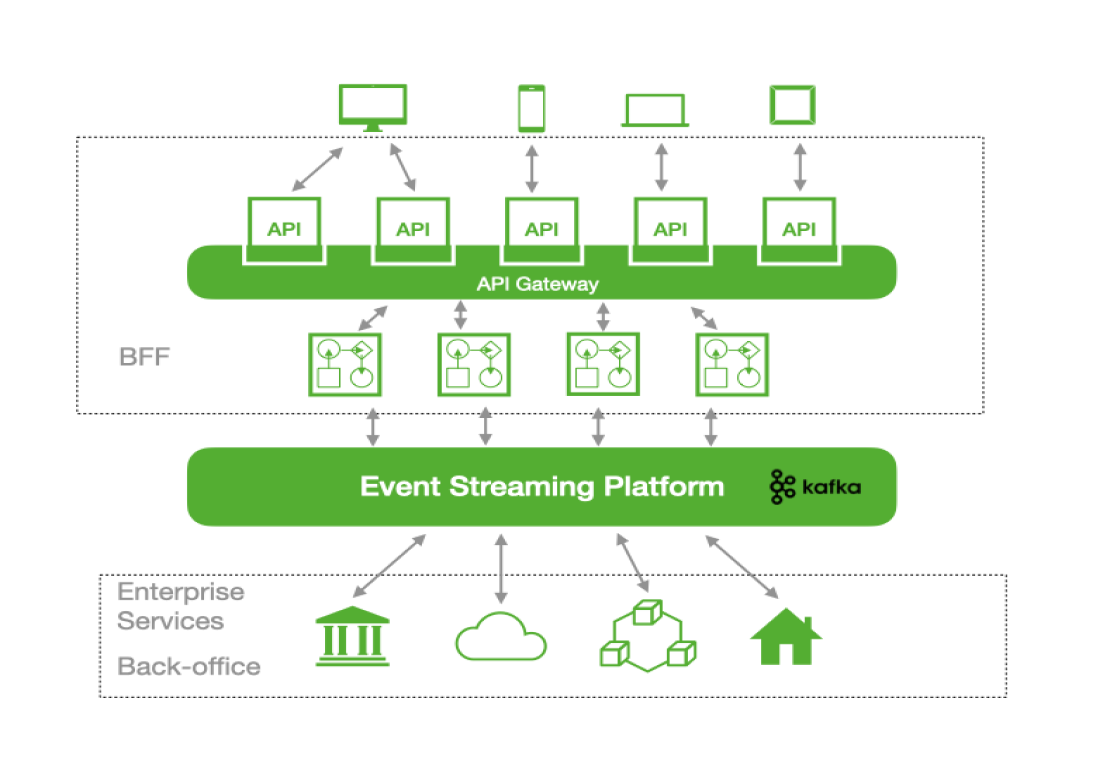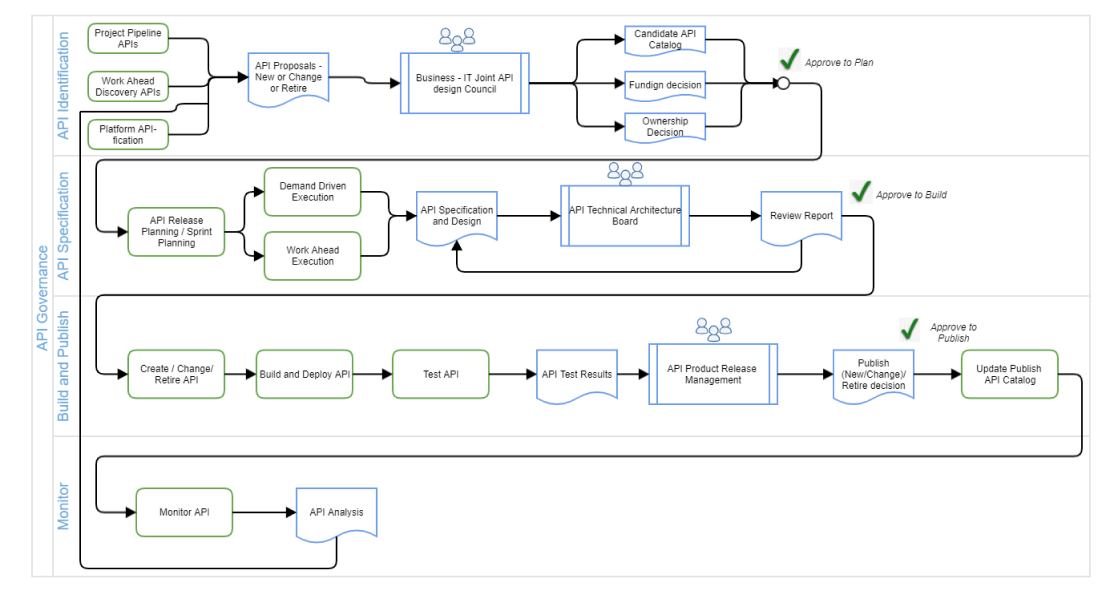The customer chose to protect their confidential information
Developing an API Strategy for the Insurance Industry

About the client
Andersen's customer was a multinational insurance company offering a range of products via its network of business partners and resellers. In order to support this business model, the company provides integration options via APIs.
![[object Object] on the map](https://static.andersenlab.com/andersenlab/new-andersensite/bg-for-blocks/about-the-client/germany-desktop-2x.png)
Project overview
Andersen was approached by a multinational insurance company that offers a wide range of products via its network of partners and resellers. To support this business model, the company provides integration options via APIs.
The customer's current API offering was outdated and lagging behind competitors. As a result, the number of available APIs was limited, the integration process with new partners was slow and expensive. The customer was facing the risk of losing existing partners and difficulties with attracting new ones. As a result, the customer contacted Andersen as a source of technology and business expertise to propose improvements and advance their API strategy.
Project details
Andersen's team performed a thorough analysis of the customer's existing API technology and business capabilities. All aspects of the current API model with the major business and technology pain points were clearly assessed and captured. Our team provided recommendations on the future state of the customer's API landscape and created a roadmap of how to achieve it. The team also delivered:
- Analysis of the current API model with major business and technology pain points clearly identified and described;
- Migration highlights together with proposed first steps and suggested activities;
- Valuable insights regarding API Governance and API Management;
- Detailed vision of the future Architecture;
- The proposed future state of the API business in terms of API Coverage, API Architecture, API Authentication and Authorization, and Application Architecture;
- Proposed API Governance process with clearly defined business and technology responsibilities as well as the API lifecycle.
App functionality
While working on the project, the Andersen team was focused on the four main problems the customer was facing. The expected deliverables were to answer to them and resolve them in full:
- Providing the customer with the basis to expand its portfolio of available APIs
- Introduction of a viable and effective API Governance process
- Providing the customer with suggestions to harmonize the API portfolio by fixing the inconsistencies of the API development, documenting, and implementation practices
- Resolving the issue of the unavailable developer portal and sandboxes where future or current partners could test the APIs and work on integration
Challenges
The main problem addressed during the project was that almost all of the customer’s APIs were created to satisfy every possible use case for all B-partners. This approach makes API specification lengthy and hard to use - all possible elements are exposed to all the partners.
First, APIs were built as a single, large, and, in most cases, monolithic application – making a change to API functionality a lengthy and expensive exercise with extensive QA E2E testing required.
Second, some APIs are built to serve specific functionality but were used to cover all lines of business. This approach causes unnecessary complications concerning the service implementation and again exposure of the lengthy specifications to the partners.
Proposed technical improvements
The following technology improvements were recommended:
- Expanding the usage of BFF (Back end for Front end) and Enterprise APIs to divide business logic and Front end support
- Applying API Framework to cover common functionalities including logging, reporting, error message control, data security, etc.
- Developing Microservice Architecture-based APIs to reduce time-to-market, cut engineering costs, use modern DevOps, and enable granular business ownership
- Introducing an Event Streaming Platform (e.g. Kafka, Kinesis, or similar app) to decouple BFF from Enterprise APIs and Back end systems. This will also help to decouple Back end systems from each other and potentially improve SLA and overall system response times
Project results
Once the project was accomplished, the customer found itself in the right position to:
- Implement far-reaching changes to its API strategy on the basis of clear and detailed guidelines
- Boost their brand awareness and client loyalty based on the new convenient and effective ecosystem
- Open new sales channels as a modern and flexible provider of APIs. Soon, the B-partners will be able to simply buy tailored-fit APIs and embed them within their own apps
Let's talk about your IT needs
What happens next?
An expert contacts you after having analyzed your requirements;
If needed, we sign an NDA to ensure the highest privacy level;
We submit a comprehensive project proposal with estimates, timelines, CVs, etc.
Customers who trust us




